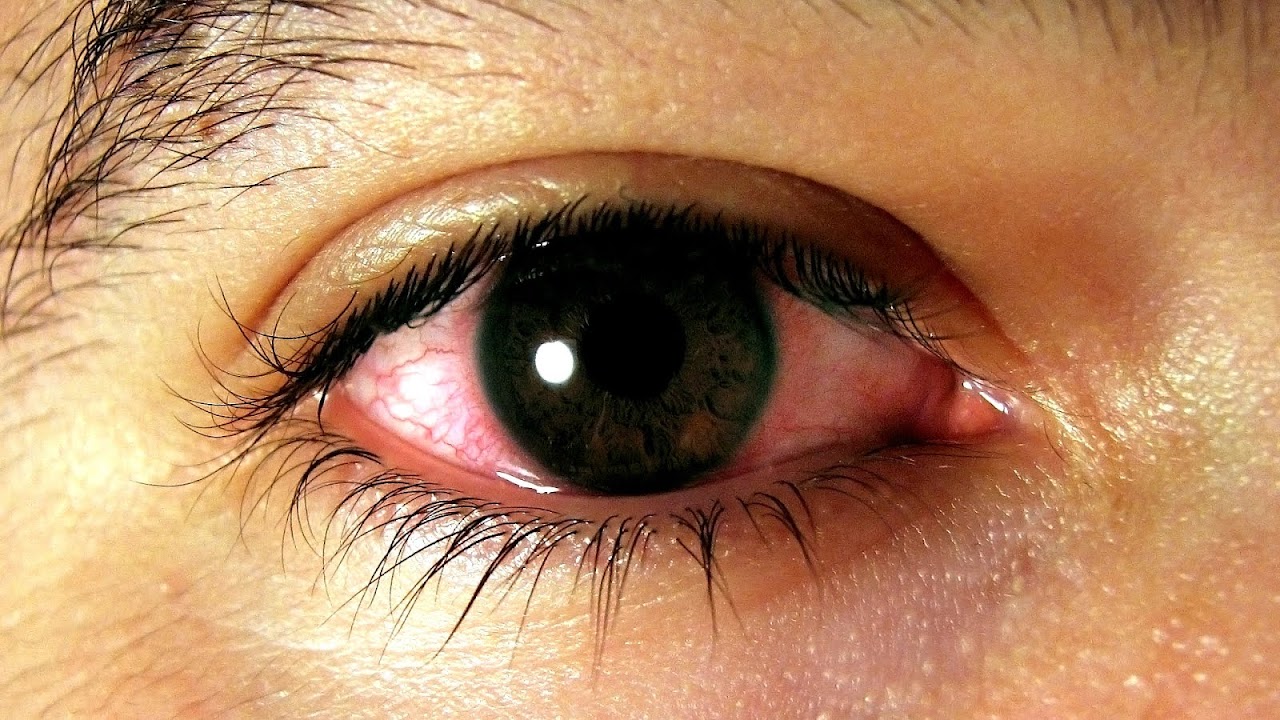
Computer vision syndrome (CVS) is a condition resulting from focusing the eyes on a computer or other display device for protracted, uninterrupted periods of time. Some symptoms of CVS include headaches, blurred vision, neck pain, fatigue, eye strain, dry eyes, irritated eyes, double vision, vertigo/dizziness, polyopia, and difficulty refocusing the eyes. These symptoms can be further aggravated by improper lighting conditions (i.e. glare or bright overhead lighting) or air moving past the eyes (e.g. overhead vents, direct air from a fan).

Maps, Directions, and Place Reviews
Prevalence
According to the US National Institute for Occupational Safety and Health, computer vision syndrome affects about 90% of the people who spend three hours or more a day at a computer. Another study in Malaysia was conducted on 795 university students aged between 18 and 25. The students experienced headaches along with eyestrain, with 89.9% of the students surveyed feeling any type of symptom of CVS.
Watery Eyes And Blurred Vision Video
Therapy
Dry eye is a major symptom that is targeted in the therapy of CVS. The use of over-the-counter artificial-tear solutions can reduce the effects of dry eye in CVS.
Asthenopic symptoms in the eye are responsible for much of the severity in CVS. Proper rest to the eye and its muscles is recommended to relieve the associated eye strain. Various catch-phrases have been used to spread awareness about giving rest to the eyes while working on computers. A routinely recommended approach is to consciously blink the eyes every now and then (this helps replenish the tear film) and to look out the window to a distant object or to the sky--doing so provides rest to the ciliary muscles. One of the catch phrases is the "20 20 20 rule": every 20 mins, focus the eyes on an object 20 feet (6 meters) away for 20 seconds. This basically gives a convenient distance and timeframe for a person to follow the advice from the optometrist and ophthalmologist. Otherwise, the patient is advised to close his/her eyes (which has a similar effect) for 20 seconds, at least every half-hour.
Decreased focusing capability is mitigated by wearing a small plus-powered (+1.00 to +1.50) over-the-counter pair of eyeglasses. Wearing these eyeglasses helps such patients regain their ability to focus on near objects. People who are engaged in other occupations--such as tailors engaged in embroidery--can experience similar symptoms and can be helped by these glasses.
A Pacific University research study of 36 participants found significant differences in irritation or burning of the eyes, tearing, or watery eyes, dry eyes, and tired eyes, that were each improved by filtering lenses versus placebo lenses, but in a follow-up study in 2008, the same team was not able to reproduce the results of the first study.
Competing research has shown blue-light filtering lenses decrease specific aspects of light emissions. Theoretical reductions in phototoxicity were 10.6% to 23.6%. Additionally, mealtonin suppression was reduced by 5.8% to 15.0% and scotpic sensitivity by 2.4% to 9.6%. Over 70% of the participants in this testing were unable to detect these changes. The expansion of technology has led to more individuals utilizing computers and televisions which increase the overall exposure to blue-light. This has opened up opportunities for companies such as Gunnar Optiks and Razer Inc. to create glasses focused on reduceing the exposure to blue-light for computer gamers. This market is a growing market as gaming has expanded to include console gaming platforms like Xbox and PlayStation.
Source of the article : Wikipedia


EmoticonEmoticon